When we focused our microscope on the soil sample for the first time, bits of organic material appeared: a small poppy seed, the compound eye of an insect, broken willow twigs, and spike spores. Dark-colored spheres produced by soil fungi dominated our vision.
These were unequivocally the remains of an arctic tundra ecosystem – and proof that the entire Greenland ice sheet disappeared more recently than people realize.
These little hints of past life came from a very unlikely place – a handful of soil that had been buried under 2 miles of ice below the summit of the Greenland Ice Sheet. Projections of future melting of the ice sheet are unequivocal: when the ice disappears at the summit, at least 90% of Greenland’s ice will have melted.
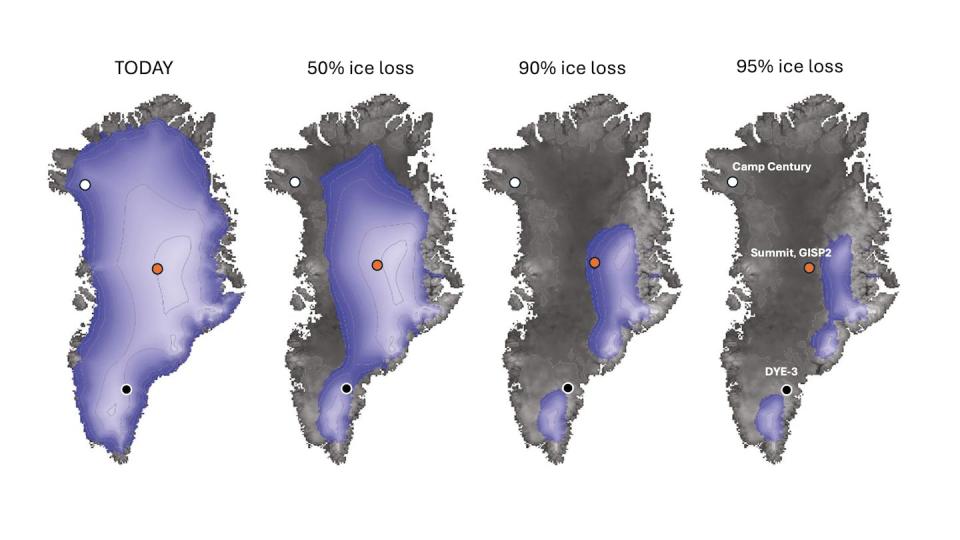
In 1993, drillers at the summit completed the Greenland Ice Sheet Project 2 ice core, or GISP2, nicknamed three kilometer time machine. The seeds, twigs and spores we found came from a few inches of soil at the bottom of that core – soil that had been stored dry and untouched for three decades in a windowless environment. Colorado Storage Facility.
Our new analysis builds on the work of others who, over the past decade, destroyed the belief that the Greenland ice sheet has been present continuously since at least 2.6 million years ago, when the Pleistocene ice ages began. In 2016, scientists measuring rare isotopes in rocks above and below the GISP2 soil sample used models to suggest that the ice had disappeared at least once. in the last 1.1 million years.
Now, by finding well-preserved tundra remains, we have confirmed that the Greenland ice sheet had already melted before and exposed the land below the summit for long enough. for the soil to form and so that the tundra grows there. This tells us that the ice sheet is fragile and could melt again.
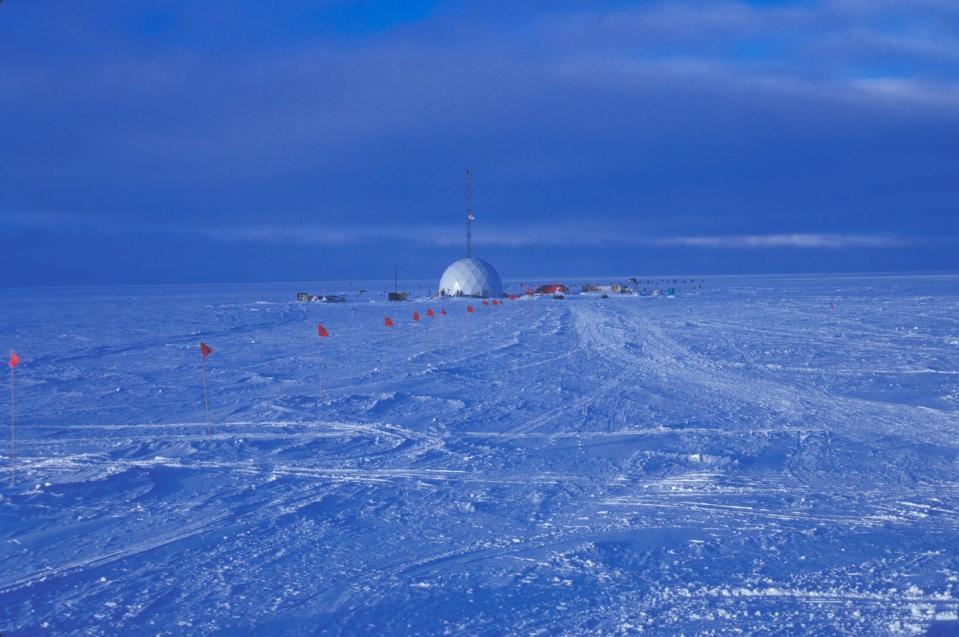

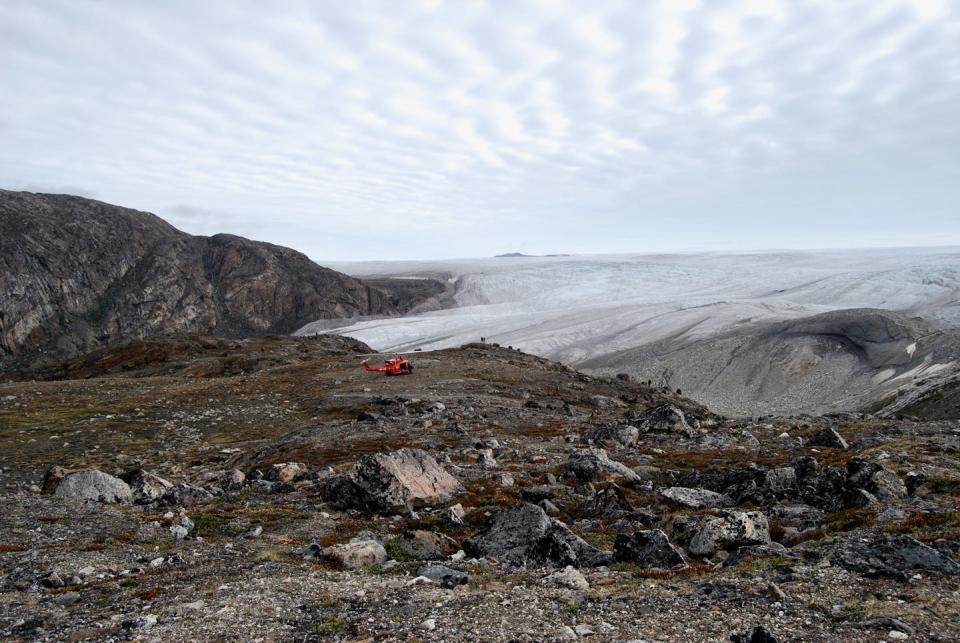

A landscape with arctic poppies and mosses
To the naked eye, the tiny bits of past lives are unremarkable – dark specks floating among shiny grains of silt and sand. But under the microscope, the story they tell is surprising. Together, the seeds, megaspores and insect parts paint a picture of a cold, dry, rocky environment that existed sometime in the last few million years.
Above ground, Arctic poppies grew among the rocks. At the top of each stem of this small but tenacious herb, a single cupped flower followed the Sun across the sky to make the most of each day’s light.
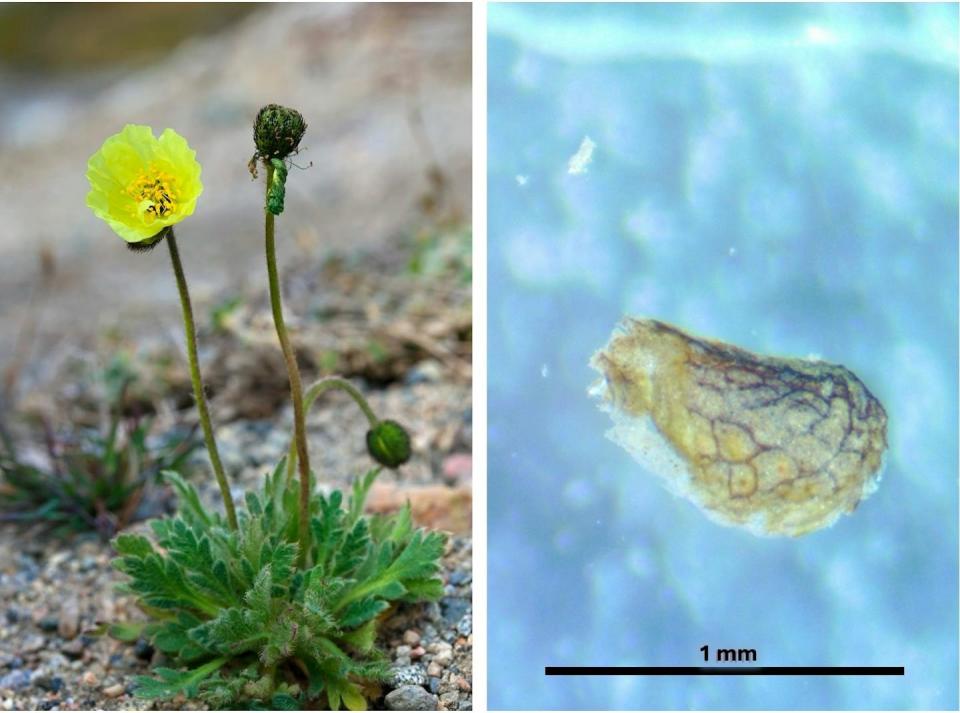

Tiny insects buzzed over carpets of tiny rock mosses, crawling across the gravel surface and producing spores in summer.


In the rocky soil were dark spheres called sclerotia, produced by fungi that attach to plant roots in the soil to help both get the nutrients they need. Nearby, willow bushes adapted to life in the harsh tundra with their small size and downy hairs covering their stems.
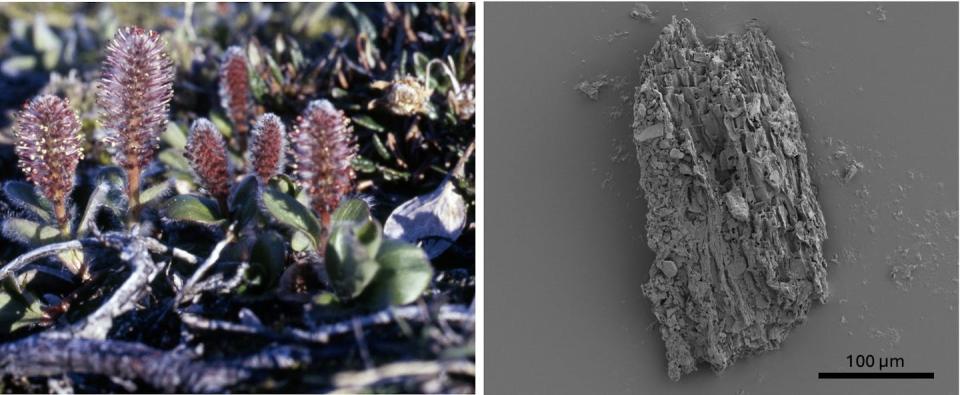

Each of these living things left clues in that handful of soil – evidence that tells us that Greenland’s ice was once replaced by a resilient tundra ecosystem.
Greenland’s ice is fragile
Our findings, published on August 5, 2024, in Proceedings of the National Academy of Sciences, demonstrate that Greenland’s ice is vulnerable to melting at atmospheric carbon dioxide concentrations lower than today. Concerns about this vulnerability have led scientists to study the ice sheet since the 1950s.
In the 1960s, a team of engineers extracted the world’s first deep ice core in Camp CenturyThe nuclear powered army base built on the ice sheet more than 100 miles off the northwest coast of Greenland. They studied the ice, but made little use of the chunks of rock and soil brought up from the bottom of the core. These were stored and lost until 2019, when they were rediscovered in a laboratory freezer. Our team was among the scientists called to analyze them.
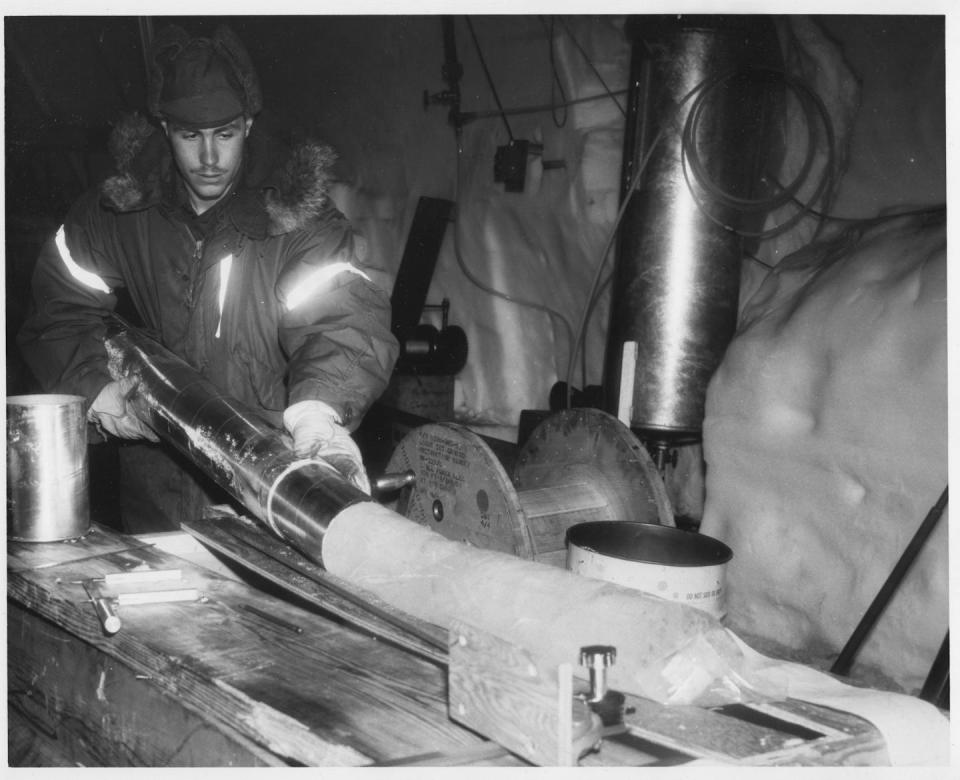

In the soil of Camp Century, we also found remains of plants and insects that had been frozen under the ice. Using rare isotopes and luminescence techniquesWe managed to date them to a period about 400,000 years agowhen temperatures were similar to today.
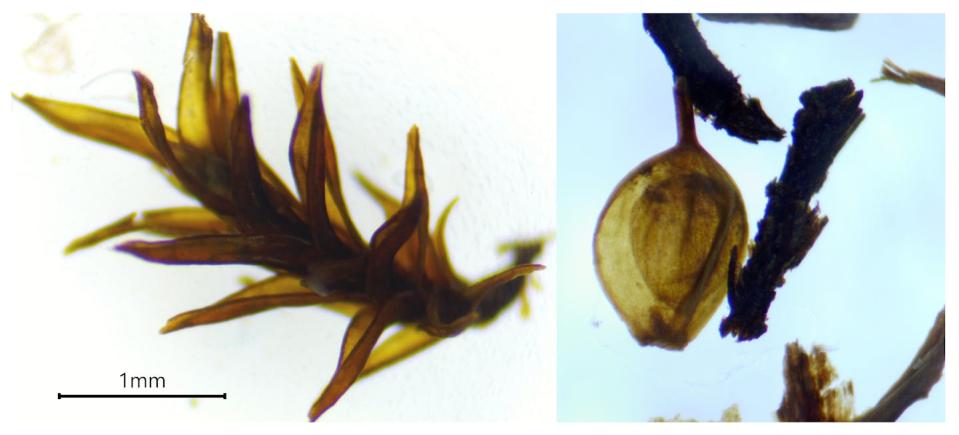

Another ice core, DYE-3 from southern Greenland, contained DNA showing that spruce forests covered that part of the island at some point in the last few million years.
Biological evidence makes a compelling case for the fragility of the Greenland ice sheet. Together, the discoveries of three ice cores can only mean one thing: with the possible exception of some mountainous areas to the east, the ice must have melted the entire island within the last few million years.
Losing the ice sheet
When Greenland’s ice disappears, the world’s geography changes – and that’s a problem for humanity.
As the ice sheet melts, sea levels will eventually rise by more than 7 meters, and coastal cities will flood. Most of Miami will be underwater, as will much of Boston, New York, Mumbai and Jakarta.
Today, sea levels are rising more than an inch every decadeand in some places several times faster. By 2100, when today’s children are grandparents, sea levels around the world will likely be several meters higher.
Using the past to understand the future
Rapid ice loss is changing the Arctic. Data about past ecosystems, like what we’ve collected under the Greenland ice, helps scientists understand how the ecology of the Arctic will change as the climate warms.
When temperatures rise, bright white snow melts and ice shrinks, exposing dark rocks and soil that absorb heat from the Sun. The Arctic is becoming greener every passing year, thawing of underlying permafrost and releasing more carbon that will further warm the planet.
Human-caused climate change is on track to warm the Arctic and Greenland beyond the temperatures they have experienced for millions of years. To save Greenland’s icestudies show that the world will have to stop greenhouse gas emissions from its energy systems and reduce carbon dioxide levels In the atmosphere.
Understanding the environmental conditions that triggered the ice sheet’s latest disappearance and how life in Greenland responded will be crucial to assessing the future risks facing the ice sheet and coastal communities around the world.
This article was republished from The conversation, an independent, nonprofit news organization that brings you trusted facts and analysis to help you understand our complex world. It was written by: Paul Bierman, University of Vermont It is Halley Mastro, University of Vermont
See more information:
Paul Bierman receives funding from the US National Science Foundation and the Gund Institute for the Environment.
Halley Mastro receives funding from the US National Science Foundation and the Gund Institute for the Environment.































